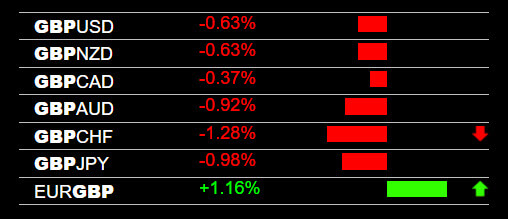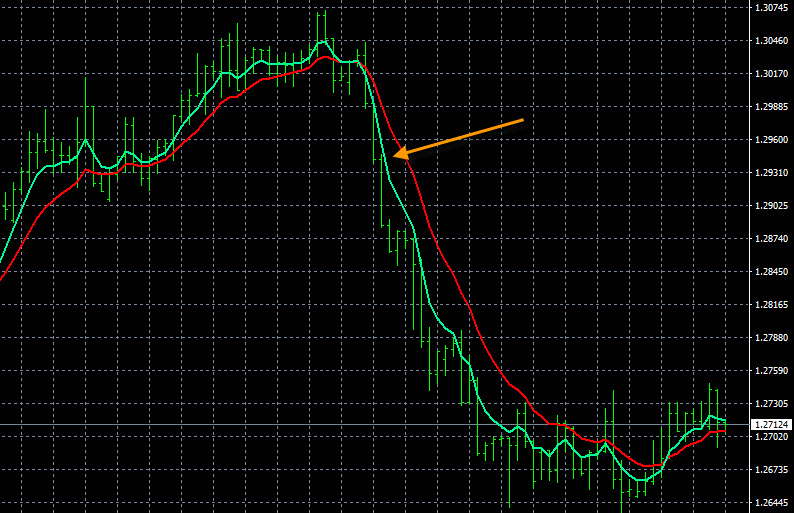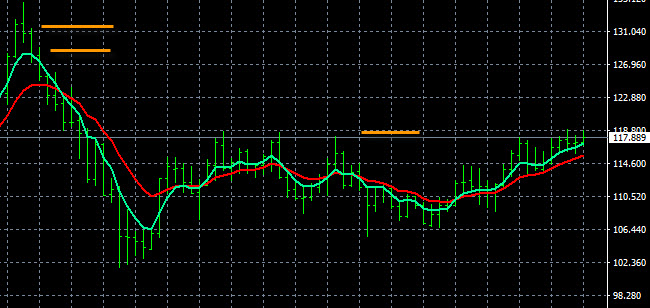In this article we will examine risk to reward ratio for forex trade entries. We will show traders how to greatly reduce and minimize risk, and possibly even eliminate risk on their forex trades with some strong and steady rules for entries. Forex traders need to increase their expectations for making pips, while lowering their risk to reward ratio, trade after trade.
How to Calculate Risk Reward Ratio
Risk to reward ratio is the inverse of number of pips you expect to make on a trade divided by the number of pips at risk. Example: If you enter a buy trade on the GBP/USD at 1.3780 and set a stop order at 1.3750 you have 30 pips at risk. If you expect the GBP/USD to go up to 1.3900, you expect to make 120 pips. 120/30 equals 4, this is your risk to reward ratio for this trade. You expect to make 4 pips for each one you risk in this example.
What Is A Good Risk Reward Ratio
If you look around the internet and on many forex websites, they continue to spread a bold lie that a good risk to reward ratio for a forex trade is about 1.5 and 2.0. We believe that this is silly and preposterous. Forex traders should never settle for less than 3.0 or 4.0 to 1, and also we see many trades that are 10 and 20 to 1 and even higher. It is clear that forex traders need to re-think their risk to reward approach to trading
Scalping the EUR/USD with technical analysis indicators on the smaller time frames is the reason that forex traders accept such a low reward for the risk they take, and if you continue reading this article you will see why. If forex traders moved away from the technical indicators to momentum and trend based trading system, that takes into account price targets, they would have much higher rewards using the techniques and tools that we provide.
Is Negative Risk Reward Ratio Possible
Yes and some forex traders trade this way! If you are scalping the EUR/USD on the smaller time frames you might be trading with a negative risk to reward ratio. If your goal is to make 10 pips with a 30 pip stop order or no stop order at all you are upside down. Technical indicators are ineffective and this is what most traders do. Also, scalping without a stop order has unlimited risk, and this practice is very bad. But this is what forex traders are doing with their trading accounts. Keep reading this article for some good strategies and solutions to this.
Three Proven Ways to Lower Risk and Improve Reward
Traders are ready for some proven forex risk reward strategy ideas to incorporate into their trading. We will now present three strategy ideas. 1)trading entry points with strong momentum in one direction, 2) using the larger time frames, and 3) the 30 minute rule for trade management or exits. Combine all three of these risk reward strategies and you have maximized pip potential for all of your trades.
Risk Reward Strategy 1 – Strong Momentum On Entry
One way to reduce risk and increase potential reward on all of your forex trades is to use strong and consistent momentum across at least one currency at the entry point. Look at the example below.
Using this live signal system, The Forex Heatmap® forex heatmap, a traders could execute a sell on the GBP/CHF and make pips with confidence. When the pair starts to stall at intraday support they could scale out lots and move their stops to breakeven. Then, if this pair is trending down on the higher time frames, they could retain some of the sold lots in their accounts for further profit in the direction of the trend.
Using a sell point of 1.2950, this pair dropped as much as 300 pips in one trading session. Using an initial stop of 30 pips, this translates to a 10 to 1 or 0.10 risk to reward ratio, which is much higher than forex traders are used to. If this pair is trending down on the larger time frames like the D1 or W1 time frame, many more pips are possible. Plus, by scaling out lots, you increase your account equity and the stop order on the remaining lots is at breakeven. So you have zero risk on the remaining lots.
Using strong and consistent momentum across at least one currency in the pair is a proven method of reducing entry risk while preserving high reward on trade after trade. This same technique works on 8 currencies and 28 pairs total.
Risk Reward Strategy 2 – Use the Higher Time Frames
Another proven way to reduce risk and increase potential reward on all of your forex trades is to use the higher time frames and trends. Look at the example below:
This is the CHF/JPY on the MN time frame. If you enter a buy on a price breakout of 118.80 resistance area, this pair has a chance to move up to the 129.00 to 131.00 resistance area. This is upside potential of 1000-1200 pips. Assuming an initial stop order of 30 pips, the risk reward ratio would be between 33 and 40. This is outstanding risk reward ratio.
Traders can monitor this pair with price alerts or any one of our professional forex alert systems, then use The Forex Heatmap® to manage the trade entry to a break even stop. Using the higher time frames, like the H4 and larger, will result in much higher potential rewards, trade after trade.
Risk Reward Strategy 3 – 30 Minute Rule For All Trade Entries
Another way to reduce risk is by using the 30 minute rule on all forex trade entries. Here is the rule: If you enter a forex trade, if you are not profitable enough to move your stop to breakeven and scale out lots after 30 minutes to one hour, then go ahead and exit. If you follow Strategy 1 above this should not be an issue. Your trade entry must be solid and profitable or you must exit after about 30 minutes to one hour. If you have a successful entry, scale out lots and move your stop order to breakeven. This reduces your risk to zero, plus by scaling out lots you have increased your reward by increasing your account balance. Using strong momentum on your trade entries is the key (Strategy 1). Great tools like The Forex Heatmap® will prove invaluable to setting and moving stops to breakeven and reducing the risk on many of your trades to zero.
Combine All 3 Strategies on Every Trade Entry
If you combine all three of these strategies on all of your trade entries you have created a powerful risk to reward management system for all of your trades, with little or no room for improvement.
Other Risk Reward Ratio Strategies
It should go without saying, but all forex trade entries should be accompanied by a stop order to prevent large losses. Then, by moving the stop to breakeven you eliminate all risk. Trading in the direction of the major trends of the forex market will increase the reward sie of the ratio. If you enter a trade into a trending pair, you can move your stop to breakeven and let the trend do the work from there. Larger time frame trends always will have the most pips. If you can enter a trade at the beginning of a trend cycle, that lowers your risk and increases your potential reward at the same time. Avoid standing orders, also called buy stops and sell stops, they have too much risk. With great tools like The Forex Heatmap® they are not necessary. Go with market orders that have strong momentum on entry.
As far as position sizing, all trades don’t have the exact same characteristics. If you do some level of demo trading you will see this more clearly. If you are comfortable trading 6 minilots on all of your trades, but you sense that you might have a risky trade entry in front of you, you have a choice of not trading at all or trading less lots, like 2 minilots for example. This reduces your risk on a percieved riskier trade. When you see a clear trade entry with all of your rules for trade entries fully met, you can trade the full 6 minilots you are accustomed to.
Conclusions about forex risk reward ratio: Currently, forex traders accept risk reward ratios that are much too low. Trying to make 2 pips for each pip you risk is simply not worth it. Too much risk, not enough reward. Using the tools and techniques we have shown you in this article, traders should be looking for risk reward ratios in the range of at least 3-4 on the intraday movements, and up to 20-30 on pairs that are trending on the higher time frames.



